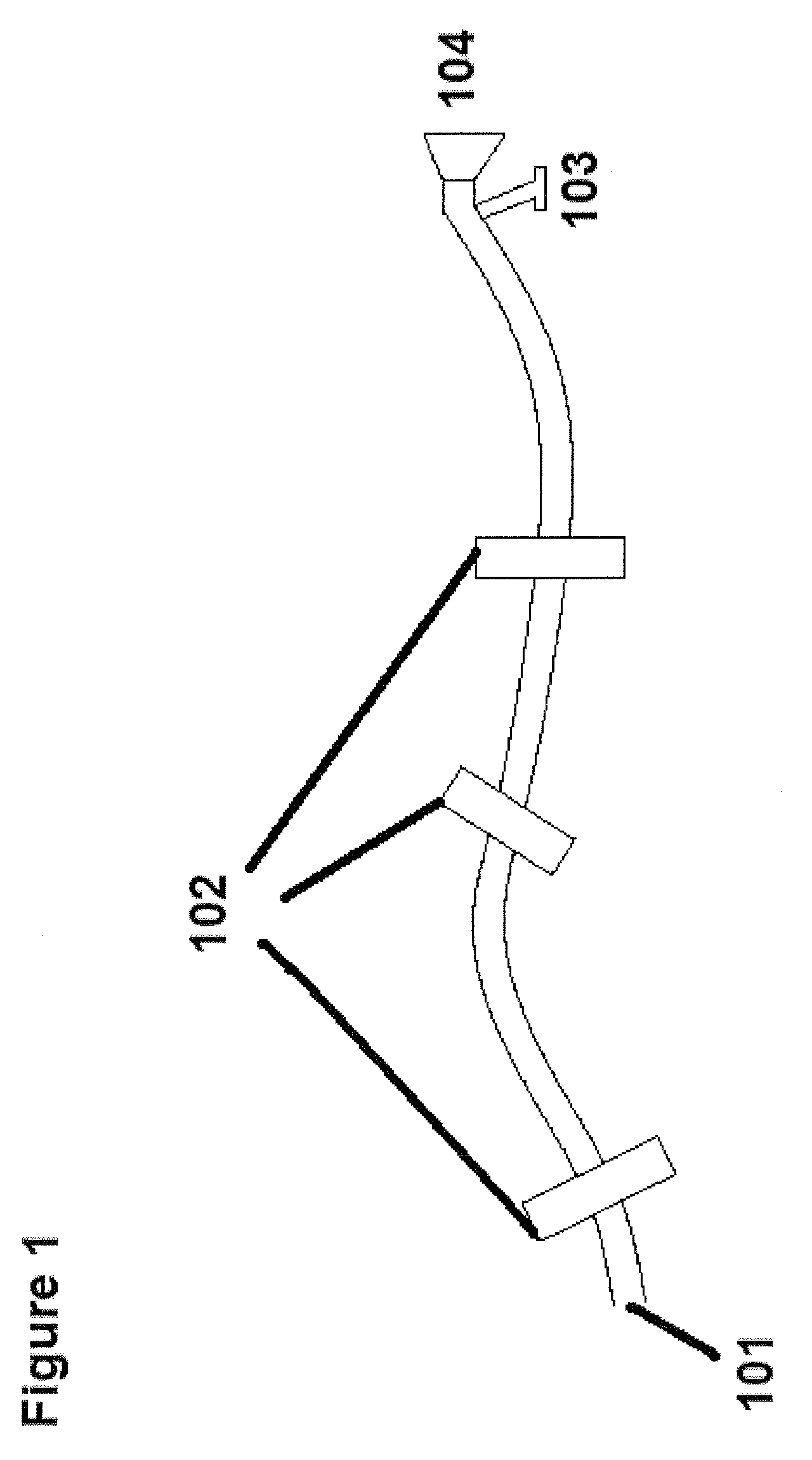Mediastinoscopy access, sampling, and visualization kit featuring toroidal balloons and exotracheal method of using
a technology of exotracheal method and toroidal balloon, which is applied in the field of medical devices, can solve the problems of many conventional devices and approaches to mediastinoscopy, poor visualization, and pain in the neck through the many sensitive muscles and nerves, and achieve the effect of improving access, sampling, and visualization
- Summary
- Abstract
- Description
- Claims
- Application Information
AI Technical Summary
Benefits of technology
Problems solved by technology
Method used
Image
Examples
Embodiment Construction
[0030]For the access system the toroidal balloons can have any one of several shapes (including but not limited to donut, elliptical, oblong curved, irregularly curved, and polygonal) and sizes. The shape, size, and material of the balloons may be specially designed or selected depending on the shape, size, and other features of a canal, lumen, or cavity that must be dilated and through which other working instruments will be introduced. Therefore, the toroidal balloons can be chosen based on an individual's anatomy. The size of the toroidal balloons should be specially adapted to fit within the mediastinum including inside the trachea when deflated and outside the trachea when inflated. The shape, size, and material of the balloons can also be tailored to accommodate the working instruments themselves. The material and thickness chosen will influence the flexibility, strength, burst-resistance, maximum pressure, and other properties of the balloon. For example, smaller constricted ...
PUM
 Login to View More
Login to View More Abstract
Description
Claims
Application Information
 Login to View More
Login to View More - R&D
- Intellectual Property
- Life Sciences
- Materials
- Tech Scout
- Unparalleled Data Quality
- Higher Quality Content
- 60% Fewer Hallucinations
Browse by: Latest US Patents, China's latest patents, Technical Efficacy Thesaurus, Application Domain, Technology Topic, Popular Technical Reports.
© 2025 PatSnap. All rights reserved.Legal|Privacy policy|Modern Slavery Act Transparency Statement|Sitemap|About US| Contact US: help@patsnap.com



